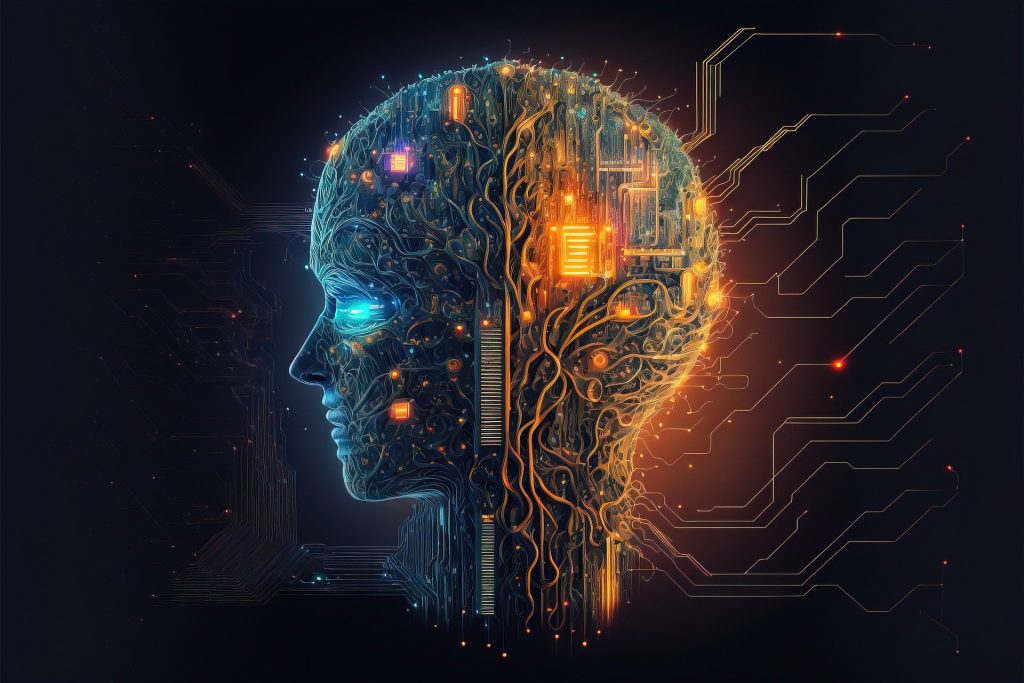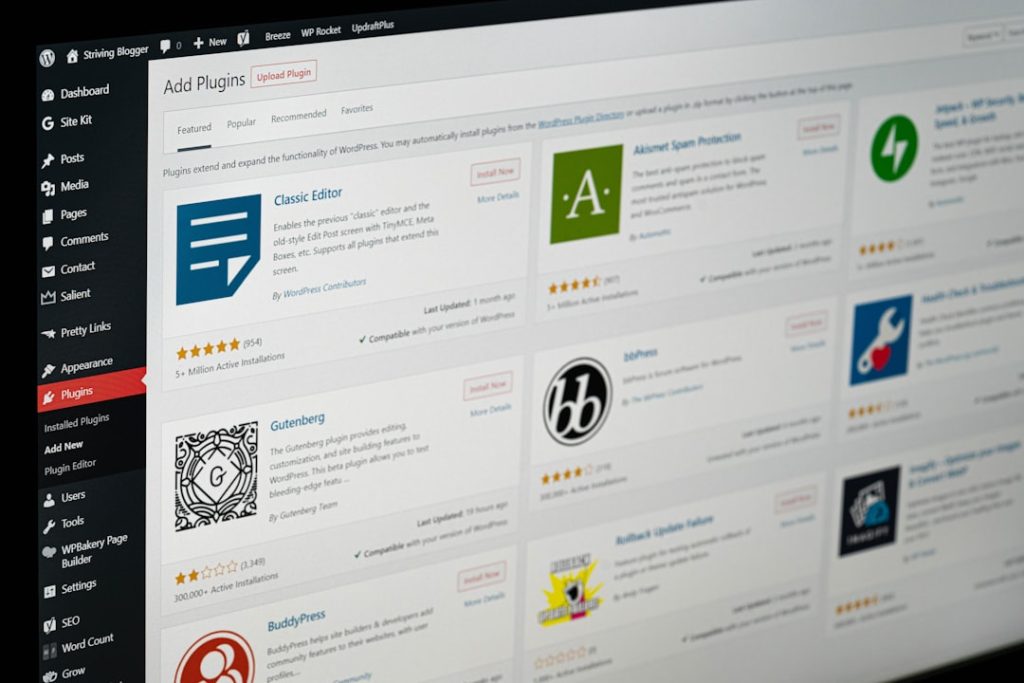Content categorization is a fundamental process in the digital landscape, serving as a bridge between information and its intended audience. In an era where vast amounts of data are generated daily, the ability to organize and classify content effectively has become paramount. Content categorization involves the systematic grouping of information based on predefined criteria, which can include topics, themes, or formats.
This process not only aids in the retrieval of information but also enhances user experience by ensuring that relevant content is easily accessible. The significance of content categorization extends beyond mere organization; it plays a crucial role in search engine optimization (SEO), content marketing, and user engagement strategies. By categorizing content accurately, businesses can improve their visibility on search engines, making it easier for potential customers to find them.
Furthermore, effective categorization can lead to increased user retention, as visitors are more likely to engage with content that is relevant to their interests. As the digital landscape continues to evolve, the methods and technologies used for content categorization must also adapt to meet the growing demands of users and businesses alike.
Key Takeaways
- Content categorization is the process of organizing and classifying large volumes of data or information into specific categories for easier retrieval and analysis.
- Traditional content categorization methods often face challenges such as manual labor, human error, and limited scalability, leading to inefficiency and inaccuracies.
- AI text classifiers use machine learning algorithms to automatically analyze and categorize content based on patterns and keywords, improving accuracy and efficiency.
- Using AI text classifiers for content categorization can lead to benefits such as increased productivity, improved accuracy, and scalability for handling large volumes of data.
- Implementing AI text classifiers for content categorization requires careful planning, data preparation, and integration with existing systems to ensure successful deployment and adoption.
Challenges of Traditional Content Categorization
Traditional content categorization methods often rely on manual processes, which can be time-consuming and prone to human error. One of the primary challenges is the sheer volume of content that organizations must manage. As businesses expand their digital presence, they generate an overwhelming amount of data that needs to be categorized.
Manual categorization can lead to inconsistencies, as different individuals may interpret content differently, resulting in misclassification and confusion. Another significant challenge is the dynamic nature of content itself. Topics evolve, new trends emerge, and user interests shift rapidly.
Traditional categorization methods may struggle to keep pace with these changes, leading to outdated or irrelevant classifications. For instance, a blog post about a trending topic may be categorized under an outdated label, causing it to be overlooked by users searching for current information. This misalignment can hinder user engagement and diminish the effectiveness of content marketing strategies.
The Role of AI Text Classifier in Content Categorization

Artificial Intelligence (AI) has emerged as a transformative force in various industries, and content categorization is no exception. AI text classifiers utilize machine learning algorithms to analyze and categorize text data automatically. By training on large datasets, these classifiers can learn to identify patterns and relationships within the content, enabling them to assign appropriate categories with remarkable accuracy.
This technology significantly reduces the reliance on manual processes, allowing organizations to streamline their content management efforts. AI text classifiers operate by processing textual data through natural language processing (NLP) techniques. They can understand context, semantics, and even nuances in language that traditional methods may overlook.
For example, an AI classifier can differentiate between similar topics based on subtle differences in wording or context, ensuring that content is categorized correctly. This capability not only enhances accuracy but also allows for real-time updates as new content is generated, keeping classifications relevant and up-to-date.
Benefits of Using AI Text Classifier for Content Categorization
| Benefits | Description |
|---|---|
| Improved Accuracy | AI text classifiers can accurately categorize content with high precision, reducing errors. |
| Time Efficiency | Automating content categorization with AI can save time and resources compared to manual methods. |
| Scalability | AI classifiers can handle large volumes of content, making it scalable for growing needs. |
| Consistency | AI ensures consistent categorization of content, eliminating human biases and variations. |
| Insights and Analytics | AI classifiers can provide valuable insights and analytics on content trends and patterns. |
The adoption of AI text classifiers for content categorization offers numerous advantages that can significantly enhance organizational efficiency and effectiveness. One of the most notable benefits is the speed at which content can be categorized. AI classifiers can process vast amounts of data in a fraction of the time it would take a human team to do so manually.
This rapid categorization allows businesses to respond quickly to emerging trends and changes in user behavior, ensuring that their content remains relevant. Moreover, AI text classifiers improve accuracy in categorization by minimizing human error. With machine learning algorithms continuously learning from new data, these classifiers can adapt to changing language patterns and emerging topics over time.
This adaptability ensures that content is consistently categorized correctly, reducing the risk of misclassification that can lead to lost opportunities or diminished user engagement. Additionally, the use of AI allows organizations to allocate human resources more effectively, focusing on strategic initiatives rather than routine categorization tasks.
Implementing AI Text Classifier for Content Categorization
Implementing an AI text classifier for content categorization involves several key steps that organizations must consider to ensure successful integration into their existing workflows. The first step is selecting the right AI model that aligns with the specific needs of the organization. Various models are available, each with its strengths and weaknesses depending on the type of content being categorized and the desired outcomes.
Once an appropriate model is chosen, organizations must prepare their datasets for training the classifier. This preparation includes cleaning and preprocessing the data to ensure it is suitable for analysis. High-quality training data is essential for developing an effective classifier; therefore, organizations should invest time in curating datasets that accurately represent the types of content they produce.
After training the model, continuous monitoring and evaluation are necessary to assess its performance and make adjustments as needed.
Best Practices for Enhancing Content Categorization with AI Text Classifier

High-Quality Training Datasets for Effective AI Classifiers
To maximize the effectiveness of AI text classifiers in content categorization, organizations should prioritize maintaining high-quality training datasets. This involves regularly updating these datasets with new examples to ensure the classifier remains relevant and capable of adapting to changes in language and user behavior.
Human Oversight in AI-Driven Categorization
Incorporating human oversight into the categorization process is another crucial best practice. While AI classifiers can significantly enhance efficiency and accuracy, human expertise remains invaluable in refining classifications and addressing edge cases that may confuse automated systems. By combining AI capabilities with human judgment, organizations can achieve a more robust categorization system.
Empowering Teams with AI Knowledge and Best Practices
Organizations should also invest in ongoing training for their teams regarding AI technologies and best practices in content management. Understanding how AI classifiers work and their limitations will empower teams to leverage these tools effectively while remaining vigilant about potential pitfalls.
Case Studies: Successful Implementation of AI Text Classifier for Content Categorization
Several organizations have successfully implemented AI text classifiers for content categorization, showcasing the technology’s potential across various industries. For instance, a leading e-commerce platform utilized an AI text classifier to categorize product descriptions automatically. By analyzing customer behavior and preferences, the classifier was able to assign relevant tags to products based on emerging trends and seasonal demands.
This implementation resulted in a significant increase in product discoverability and sales conversions. In another case, a major news organization adopted an AI text classifier to streamline its article categorization process. The classifier was trained on historical articles across various topics, enabling it to categorize new articles accurately as they were published.
This automation not only reduced the workload for editorial staff but also improved the speed at which articles were made available to readers, enhancing overall user engagement.
Future Trends in Content Categorization with AI Text Classifier
As technology continues to advance, the future of content categorization with AI text classifiers looks promising. One emerging trend is the integration of more sophisticated NLP techniques that allow classifiers to understand context better and recognize sentiment within text. This capability could lead to even more nuanced categorizations that consider not just what is being said but how it is being said.
Another trend is the increasing use of hybrid models that combine rule-based systems with machine learning algorithms. Such models can leverage the strengths of both approaches, allowing for greater flexibility and adaptability in categorizing diverse types of content. Additionally, as organizations become more data-driven, there will likely be a greater emphasis on using analytics to inform categorization strategies continually.
Furthermore, as privacy concerns grow and regulations around data usage become stricter, organizations will need to navigate these challenges while implementing AI solutions responsibly. Ensuring compliance with data protection laws while harnessing the power of AI will be critical for future developments in content categorization. In summary, as businesses continue to grapple with vast amounts of digital content, AI text classifiers will play an increasingly vital role in ensuring effective organization and accessibility of information.
The evolution of this technology promises not only enhanced efficiency but also improved user experiences across various platforms.



